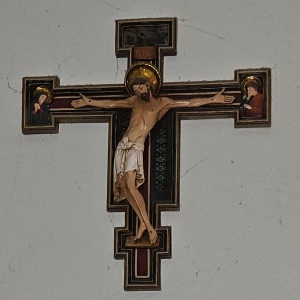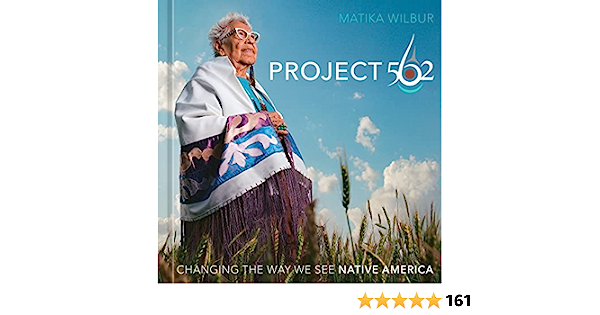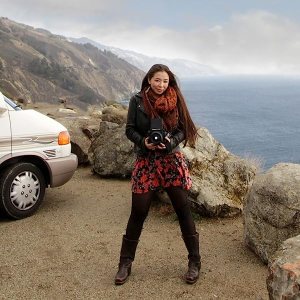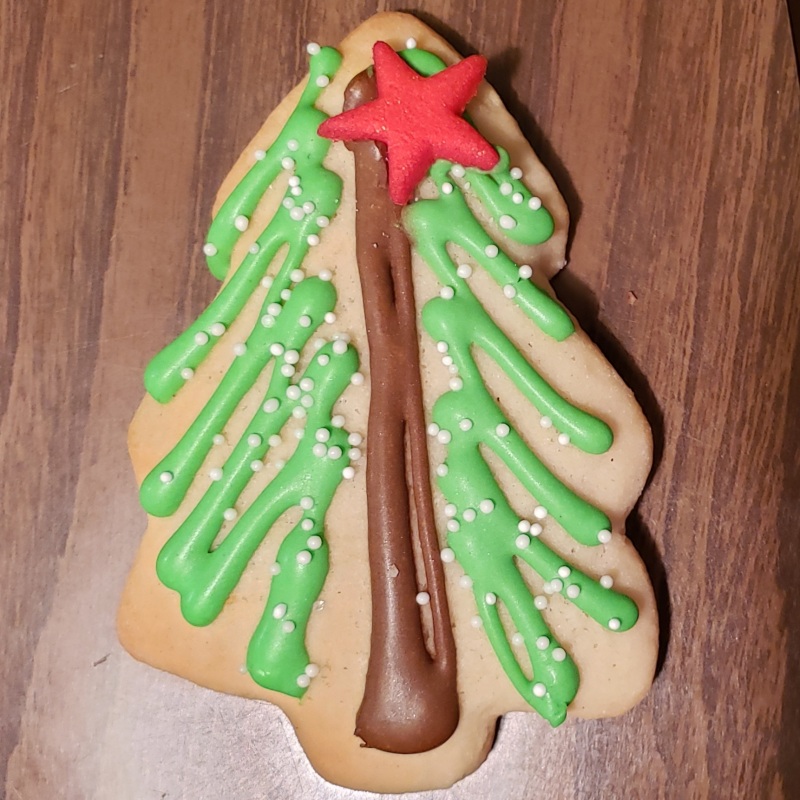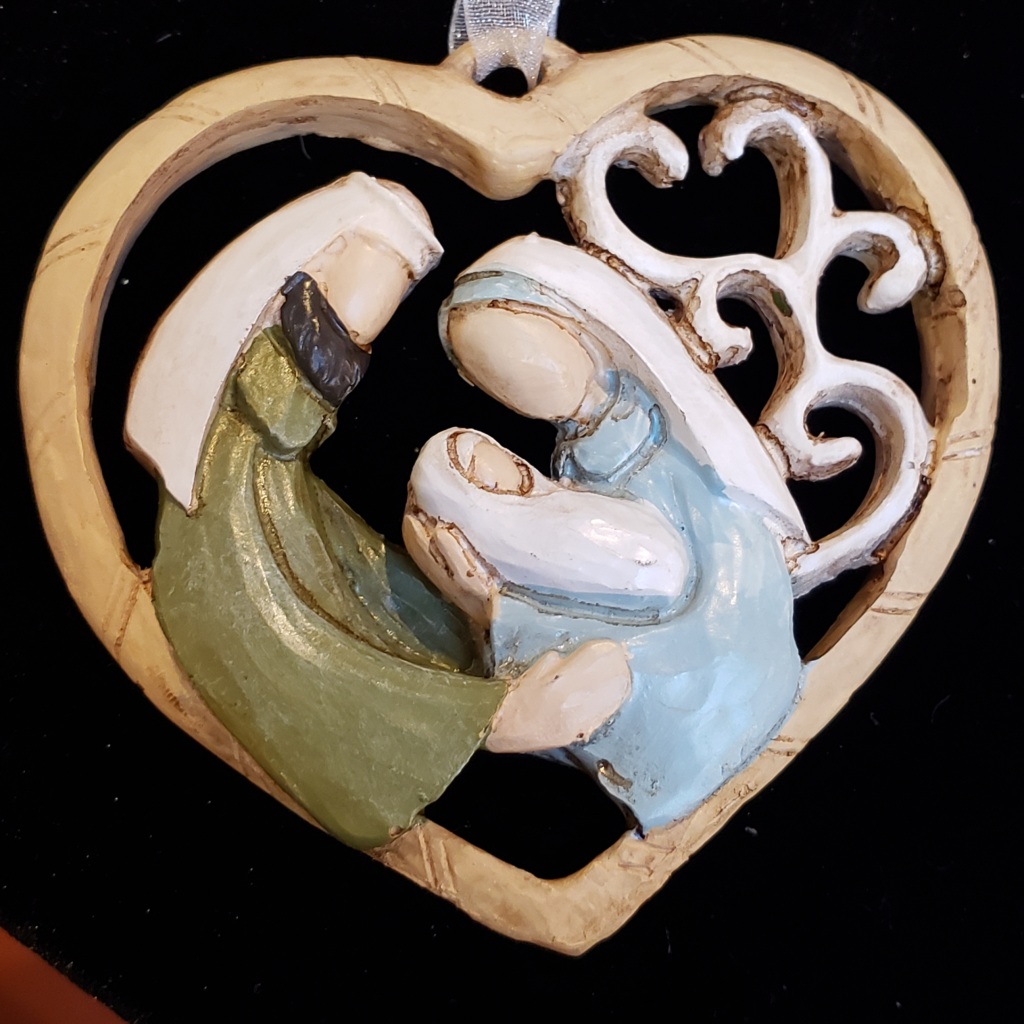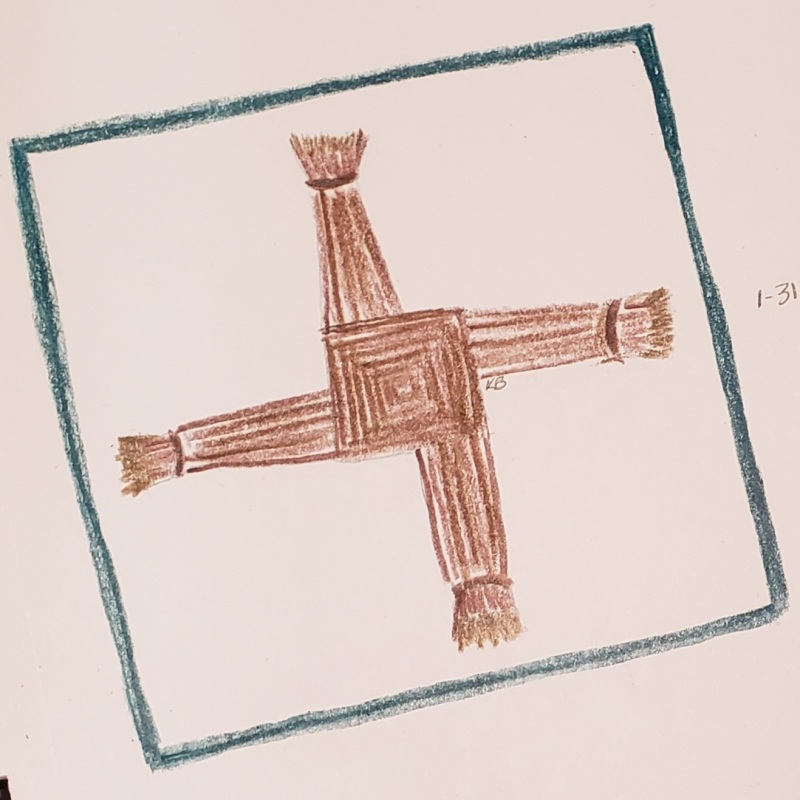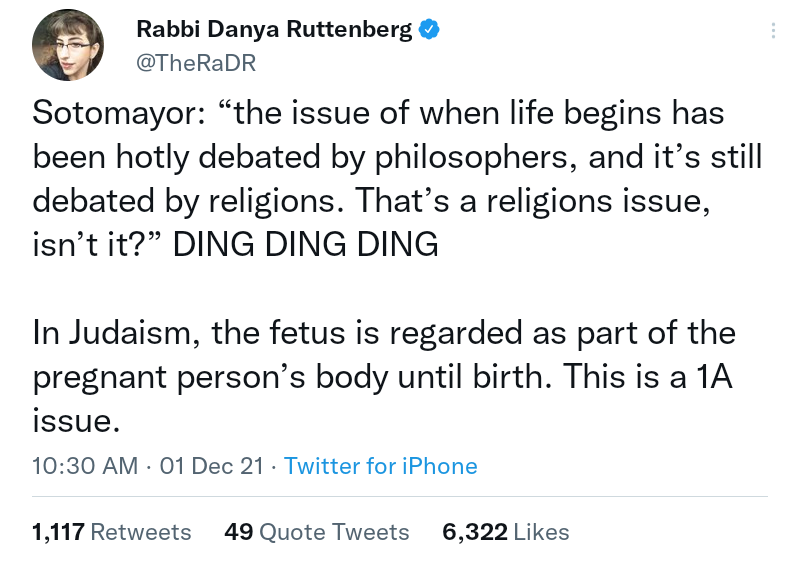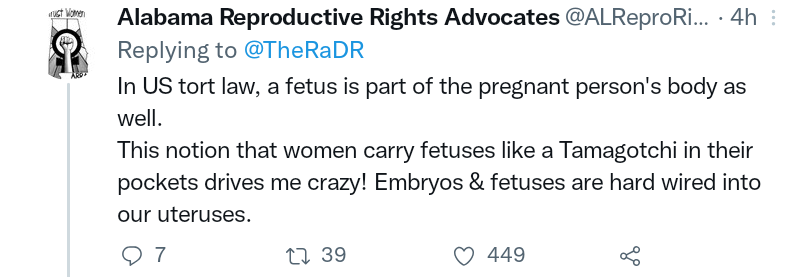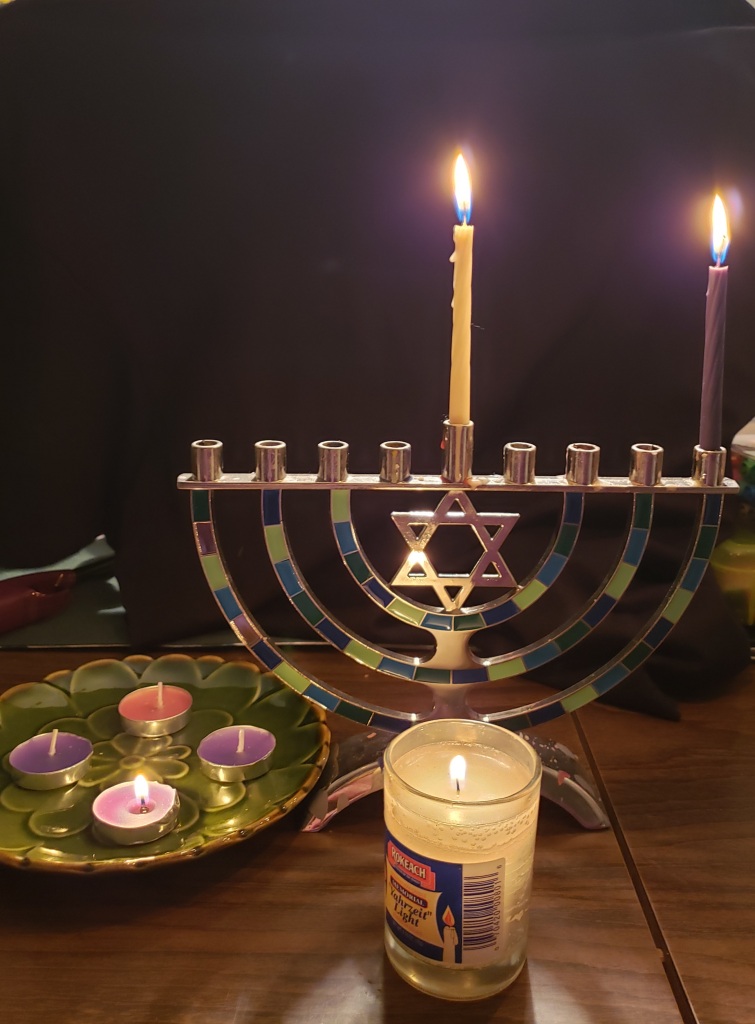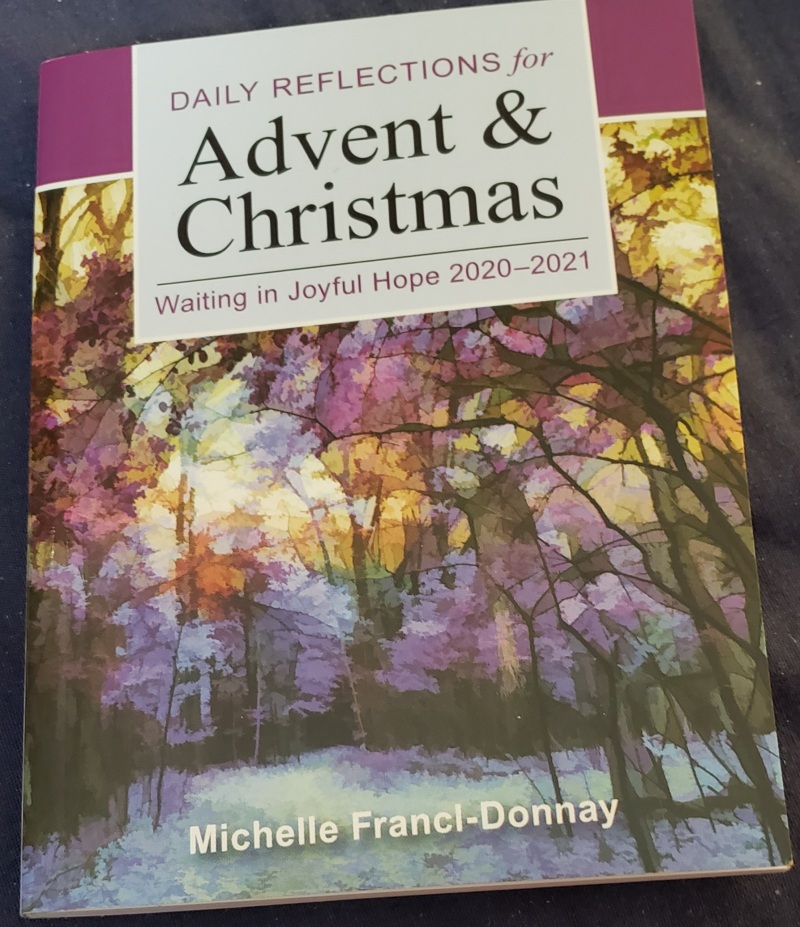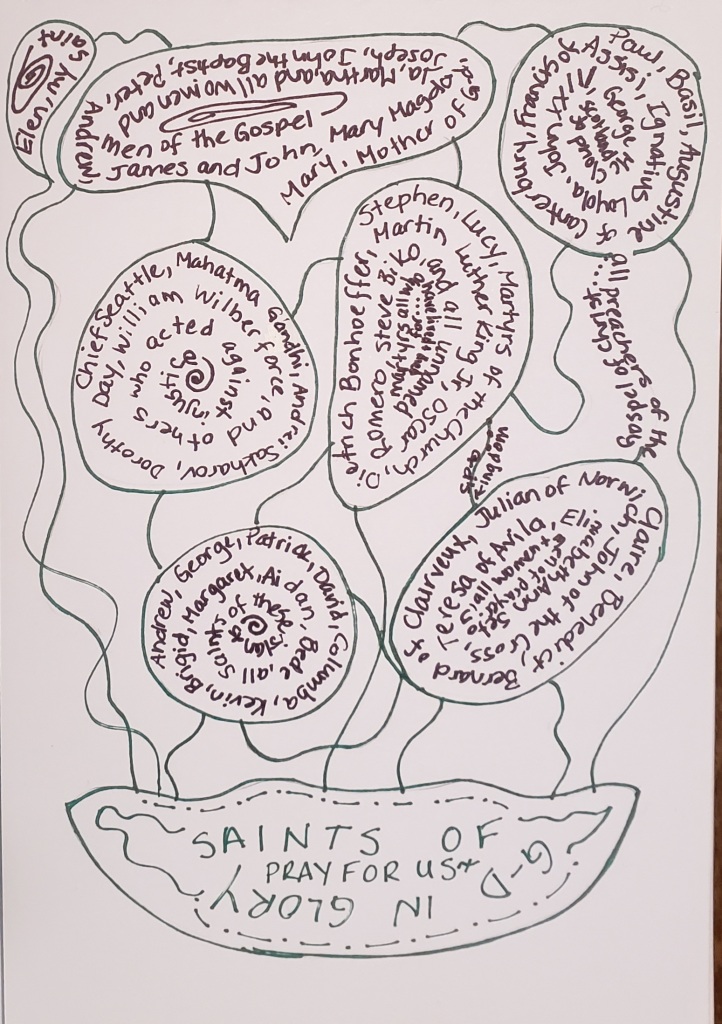Easter falls so weirdly on the calendar. Often it is the same week as Passover, which makes sense because Jesus went to Jerusalem for the Passover Festival during what is now Holy Week. But this year, Easter is this Sunday (March 31), and Passover doesn’t begin until nearly a month later, at sundown on April 22. Adding into that is that this is my ten-year anniversary of coming into full communion with the Catholic Church. A decade. So long and so short simultaneously showing truly how the days are long, but the years short.
My Easter Vigil was on April 19, 2014. I’ll celebrate that day as well, attending church, having mass said for special people in my life, and I’ll also be celebrating this week as we welcome new people into the church and our parish. There are two baptisms which I find fraught with emotion. Being able to watch what I went through is both nostalgic and spiritual. I still remember the water being poured over my head, slowly, three times, as the words penetrated my being. I still talk about how my priest used a water pitcher, a small one, but still a pitcher and how in subsequent years it was more like a clam shell. It’s amusing to me until I think about the amount of icy water dripping down my robe, although I guess flowing might be a more apt word. I kneeled in a tub, a literal baby-sized plastic pool while subsequent catechumens were stood over a basin. It is a beautiful, ceramic basin, and I am in part jealous and also awed by watching my own experience play out for others, regardless of the intricacies and the details. My robes were made by my friend. The incense rising on Holy Thursday made the shape of a Jewish star. I pointed it out to my godmother, so I know I didn’t imagine it. The chrism oil from the confirmation smelled of rosemary. I leaned over to my husband and friend and told them to smell my face. It was a pleasant, old-world, feeling of ancestors, and something I’ve only felt a few times, three times during my children’s brises and namings, and on my pilgrimage to Wales and Auriesville. It was doing something as part of something bigger, huge, that often can’t be put into words or even thoughts. It’s not that it’s old, but it’s, as Tevye says in Fiddler on the Roof, “tradition,” where tradition means so much more than the dictionary definition. It’s deeper than the ocean and vaster than the stars. It’s time stood still and it’s time speeding past. A single line or a wibbly-wobbly mush of threads or yarn tightening in some places, loose in others, knotted, and dangling and frayed and worn and strong and sturdy. It is faith, and it is questioning. It is changing and encouragement. It is friendship and relationship and knowing everything and still nothing.
Ten years of prayer, of mass, of rosaries, of devotions, novenas, saints and blessed, seeing beyond and within. When we renew our baptismal vows on Saturday night, I will close my eyes and let the water land where it wills, the cleansing water of G-d, that reminds of the past and prepares for the future.

